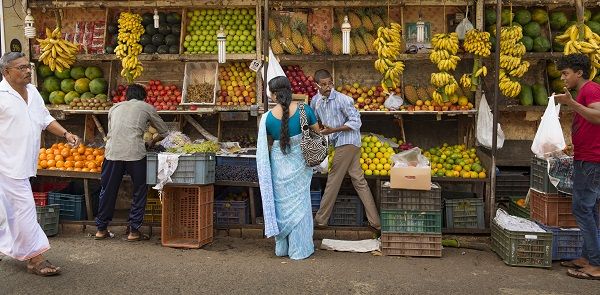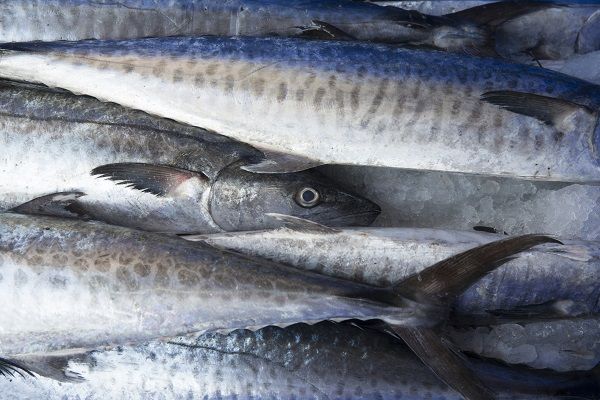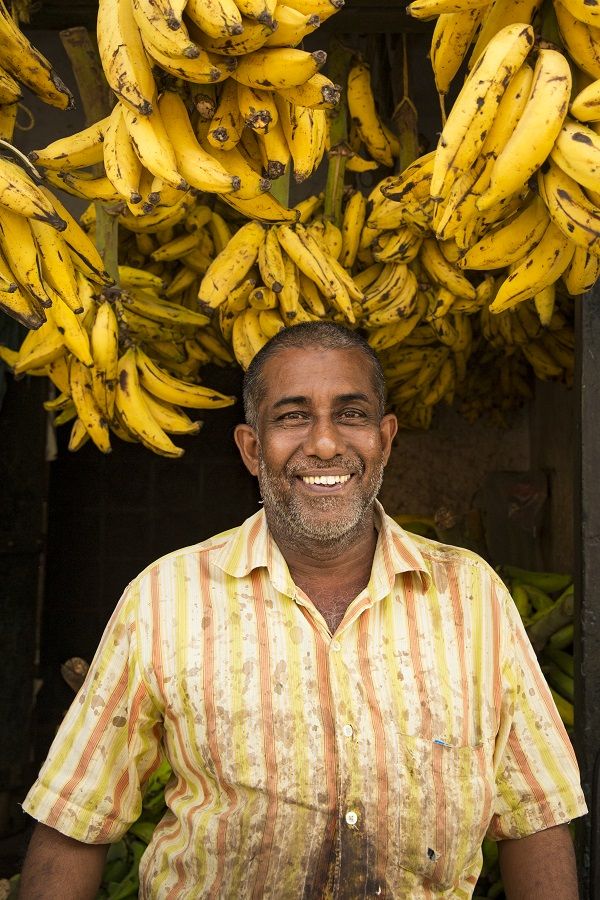Keralan adventure – making a cookbook
March, 2016 · By admin
After the careful planning that goes into an overseas trip, the time in a new place always seems to whizz by and before you know it, you’re back into the daily routine.
I’ve jotted down some memories from the recent trip I made to Kerala in southern India with Sarogini and Kamal Kamalanathan, Norman Burns and Cally Browning to capture them before they fade – and give you an insight into our first step on the journey to producing a new cookbook.
Sights, Sounds and Smells
Kerala surprised me with the extreme overload of senses I experienced from arrival to leaving. The sound of heavy traffic, people and the continual ‘clack clack’ of two-stroke engines in millions of tuk-tuks accompanied us nearly everywhere. A constant note was the cacophony of horns, used gleefully by drivers on approach, arrival and departure of any trip, 24 hours a day.
Visually the landscape offered up extreme contrasts between beautiful white sandy beaches with palms wafting gently in sea breezes and dingy streets overflowing with people. The sheer volume of people constantly moving about on your periphery, busily going about their days, was a culture shock when you come from sparsely populated Perth. Everyone was so industrious, with 20 people busily sewing in a tin shack or scraping coconuts as you walked by a market stall. Moving this mass of humanity, each train, bus and tuk-tuk was packed to the brim with people.
Filling the air were new smells, a combination of exhaust from all the engines, smoke from the hawkers barbeques and of course the fragrant smell of curries, rice and tea.
Locations
My favourite place to visit in almost any location is the fish markets. Yes, it’s an odd obsession but…I just love fish markets! I’ve visited quite a few of them including Tokyo’s Tsukiji (twice!); London’s Billingsgate in the East End; Sydney; Sri Lanka; and Mauritius. What’s the fascination? I think I love them because they are so open and so connected to the food source – in Kerala the market is located right next to the fishing boat harbor. Fish are delivered straight from the colourful boats onto wooden chopping boards for filleting.

In Kerala the fishermen also use ancient Chinese net fishing techniques, where a long cantilevered rod is attached to land and suspends a spidery frame that holds a large fishing net over the water. They have the appearance of an old umbrella that has blown inside out in a storm. When the net is levered up full of fish, a team of fishermen are needed to land the catch.
You need to watch your step in fish markets, there’s water, ice, blood and guts continually swishing under your feet – leave your thongs at home. Kingfish and snapper glisten on the slab waiting to be selected and transported to restaurants and market stalls for sale on the day they were caught.

Preconceptions
When we arrived for our first night in Kerala we were all looking forward to the nice hotel we thought we had booked. It turned out that we were staying in a wellness and yoga retreat – with no beer! This was not the news a group of tired and dusty Aussie travelers wanted to hear after a hot 8 hour train and road trip to get there. A runner was dispatched post-haste to fetch a carton of chilled beer from the closest outlet – to the displeasure of the French yoga-loving clientele who probably didn’t expect their zen bubble to be popped by such an uncouth lot!
Apart from this slight cultural clash, I was surprised how harmoniously all the different religions and cultures seemed to get on in such close confines. Hindus make up just over half the population but there is also a significant proportion that is Muslim and the call for prayer in the early mornings is intense (and early!). The third most populous religious group in Kerala are Christians. They have all co-existed peacefully for centuries, adding layers of interest to the culture.

Staying on a traditional Keralan houseboat was a contrast to my experience in Western Australia’s Southern Forests. In tranquil Walpole you might be lucky to happen upon one or two other houseboats and will be excited to spot another party in the wilderness. In Kerala a houseboat stay is like being on a waterborne superhighway. There are about 1500 other houseboats all crammed onto the water with you. It was certainly a lot less peaceful than my previous experience, but nevertheless still enjoyable staying on one of these traditional vessels with my travelmates.
My (perhaps Western) need to be organised and have my shots planned for our new cookbook was consistently challenged. You’d think in the traditional spice capital of the world you would be able to find some beautiful raw and bulk spices to photograph. This sort of scene was everywhere on our previous trip to Sri Lanka. Yet everywhere we looked, even after lining up a fixer/tour guide to assist us, we found the sort of small cellophane packets that you’d expect to find in a supermarket at home. I had to let go to an extent my need to line up subject matter to shoot and embrace the adventure of capturing ad hoc shots that we happened upon.
Flavours
I am a sucker for fish curries and really loved the Keralan style of curry – much milder than the super spicy and intensely hot Sri Lankan version I had previously enjoyed. Masala spice mixes were a great discovery – these are used in every type of curry (with a different kind of masala whether you are having vegetables, lamb, fish, chicken etc.). You can buy 20 different varieties of masala in the markets – there is literally a masala for every mood. You can even enjoy masala in tea. In a busy market stall, the chai wallah, a little old man, prepared delicious masala tea with such care, filtering, whisking and pouring in a well-practiced routine. You get a delicious cup of milky tea with the flavours of spices like Cardamom, Ginger, Cinnamon and Cloves – and a show – for less than 20c a cup!
Kerala actually translates to coconut, which is the state’s biggest agricultural product. There are coconut stands everywhere and while I enjoyed sipping from lots of them I discovered it is very hard to walk down a heavily crowded street with a coconut in one hand and a camera in another.
The start of our cookbook journey

Now that our journey is over there is still a lot of hard work ahead before we have a cookbook to share with you. Sarogini is working on perfecting and testing the recipes she learnt at the sides of the chefs we met throughout Kerala and will polish the best into a final selection for the book. We’ll then book some time to shoot the individual dishes in the studio, using the suitcase of authentic props and tableware we gathered on our journey.
After the recipes are finished, Norm will write the text that creates the story and context for our Keralan cookbook, and finally Cally will work her design magic to tie all the elements in together and our Southern Indian cookbook will be bundled off to print.Our last collaboration Sri Lanka Food took four years to reach fruition, but our ambitious aim is to complete our Keralan cookbook in one year.
Watch this space!
Tags: photography, travel


Leave a Reply